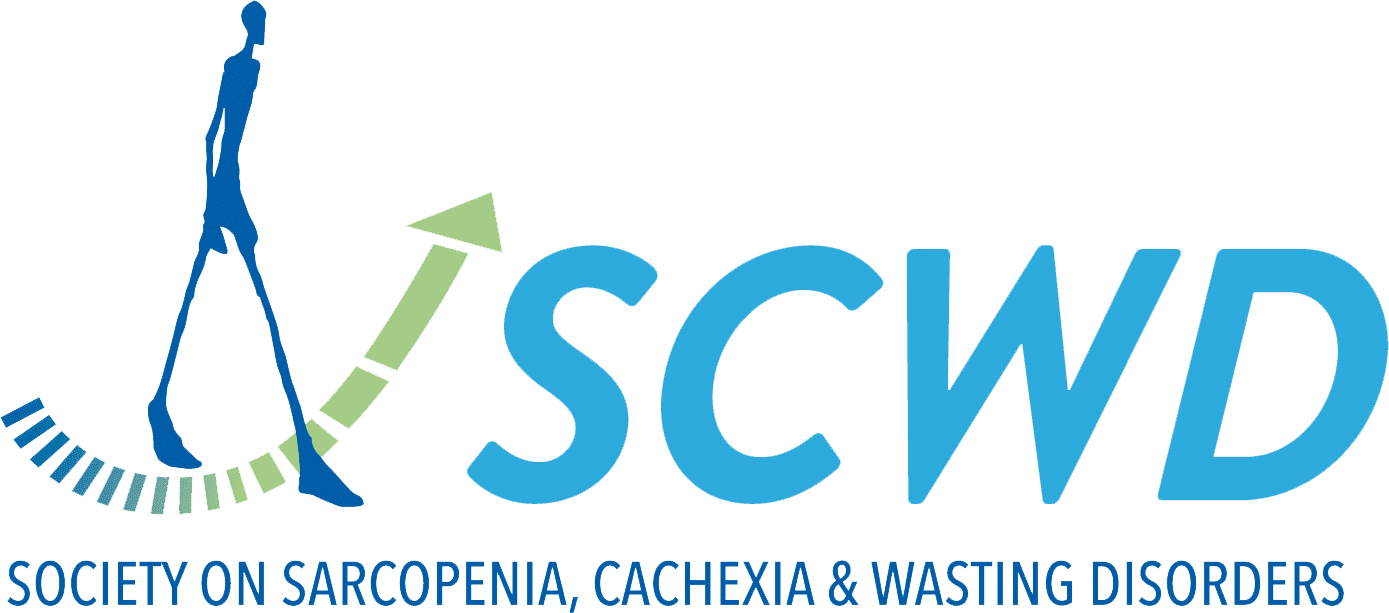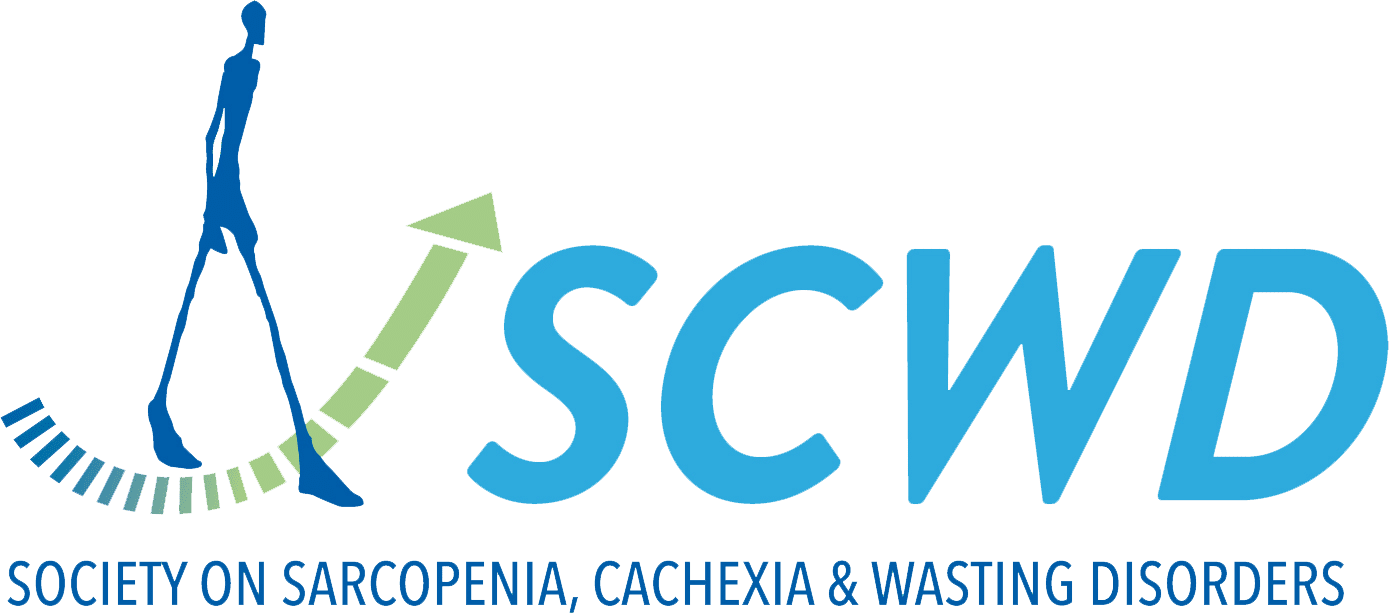Associations of Handgrip Strength and Testosterone With Cerebral White Matter Hyperintensity and Microstructural Injury.
White matter hyperintensity (WMH) is one of the key imaging markers of cerebral small vessel disease (CSVD) and white matter microstructural injury may occur earlier than WMH. However, the associations of handgrip strength (HGS) and serum total testosterone (STT) with WMH and microstructural injury have not been thoroughly investigated.
Therefore, we aimed to explore the associations of HGS and STT with WMH and microstructural injury, measured by fractional anisotropy (FA), mean diffusivity (MD), intracellular volume fraction (ICVF), and isotropic volume fraction (ISOVF). A total of 34 832 participants from the UK Biobank (aged 64.15 ± 7.75 years, 50.9% male) were included in the study.
Cross-sectional analyses were conducted using three linear regression models to assess the relationships between HGS, STT and neuroimaging outcomes. Sensitivity analyses were performed to validate the robustness of the linear regression results.
Longitudinal, mediation and Mendelian randomization (MR) analyses were conducted to explore the longitudinal impact of HGS on WMH, the mediating effects of STT between HGS and neuroimaging outcomes, and probable causal relationships between HGS, STT and WMH. A greater HGS was linearly associated with a smaller WMH volume (β = -0.006642, p < 0.001) and fuller microstructure (p < 0.001).
These relationships persisted when stratified by sex or age decade and were supported by the results of the longitudinal analysis (β = -26.4, p = 0.0145). In females, STT was found to be linearly negatively related to WMH volume (β = -0.109, p < 0.001), MD and ISOVF, and linearly positively related to FA and ICVF (p < 0.001).
In males, STT was linearly negatively linked to WMH volume (β = -0.016, p < 0.001) and MD (β = -1.6 , p = 0.007), and positively associated to ICVF (β = 0.00012, p = 0.043). STT mediated the association between HGS and WMH volume (mediation proportion: 1.06% in males and 1.57% in females), and the possible causality was suggested for males through MR analysis: the positive causality between HGS and STT (p = 0.0394) and the negative causality between STT and WMH (p = 0.0787).
Our study revealed that greater HGS was linearly associated with reduced WMH volume and less white matter microstructural injury, mediated by STT. Improving muscle function may contribute to deferring white matter damage and preventing stroke and dementia, offering a feasible secondary prevention measure for CSVD.


